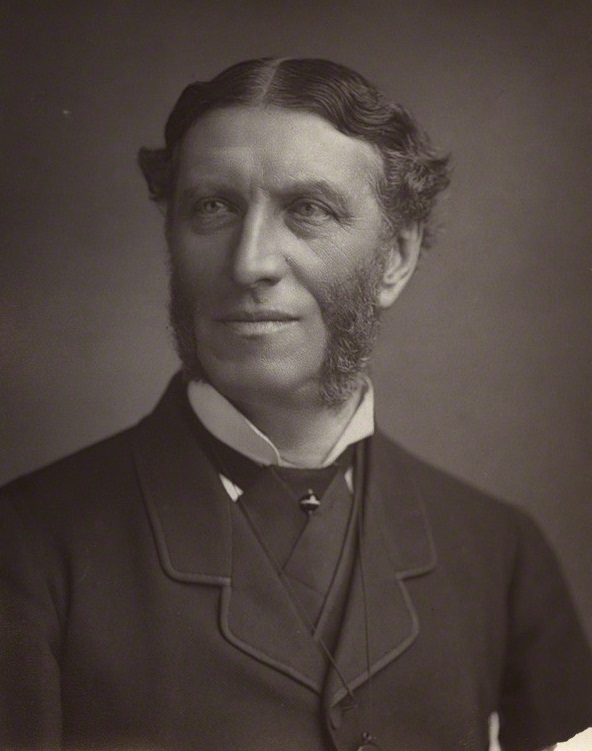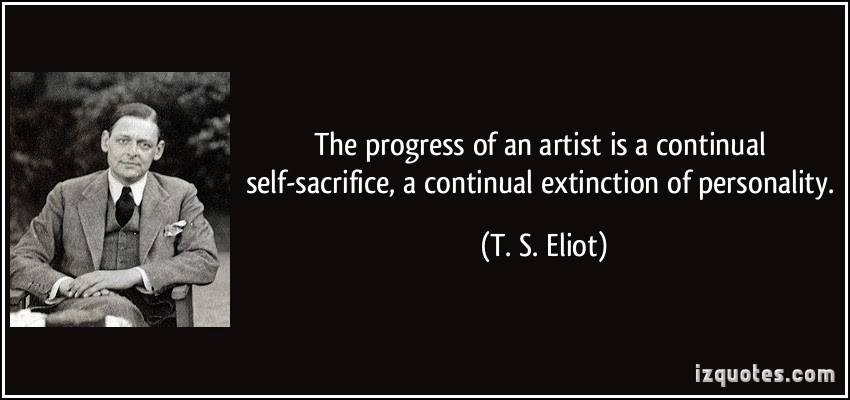Modern Theories of Criticism: An Overview
[Note: This presentation and video recording are of Prof. Dilip Barad's session in the Refresher Course for College / University teachers. The Refresher Course was organised by UGC-HRDC, University of Mumbai.]
Modern Literary Theory and Criticism refers to the examination and interpretation of literature using various theoretical frameworks that emerged in the 20th century. This approach encompasses diverse schools of thought such as Marxist, Feminist, Psychoanalytic, and Deconstructionist theory that offer a critical lens to analyze literary texts and reveal their deeper meanings and societal impact. The purpose of this introduction is to provide a comprehensive overview of the key concepts, influential figures, and historical developments in Modern Literary Theory and Criticism, highlighting its significance and impact in the field of literary studies.
The earliest theories of criticism include the works of I.A. Richards, who presented the practical criticism approach in his book “Practical Criticism” (1929). William Empson’s “Seven Types of Ambiguity” (1930) also played a significant role in the development of criticism. Later, William K. Wimsatt and Monroe Beardsley introduced the concepts of intentional and affective fallacies in their work.
In the 1930s, Allen Tate introduced the theory of “tension” in poetry, which dealt with the extension (literal meaning) and intension (metaphorical meaning) of a text. Cleanth Brooks, in his works “The Language of Paradox, The Well Wrought Urn” (1947) and “Modern Poetry and the Tradition” (1939), focused on the language of paradox in poetry.
Archetypal criticism, which is concerned with the study of archetypes and symbols in literature, was developed by Maud Bodkin (1934) and Northrop Frye (1940-50). Frye’s theory of the mythos grid, which outlines the universal themes and patterns in literature, is an important contribution to the field of archetypal criticism.
In the latter half of the 20th century, structuralism and semiotics gave rise to stylistics, which deals with the study of style in literature. Deconstruction and poststructuralism, as propounded by Jacques Derrida, also had a major impact on the field of criticism.
Eco-criticism, which looks at the relationship between literature and the environment, and eco-feminism, which critiques the patriarchal values embedded in society, also gained prominence.
Postcolonialism, which deals with the study of the cultural, political and economic effects of colonialism, was developed by thinkers like Edward Said, Gayatri Spivak, and Homi Bhabha. In recent times, the focus has shifted to globalization and climate change, which has given rise to contemporary theories of cultural studies.
Digital Humanities, a field that uses technology to analyze and process literary texts, has also emerged as a significant area of study. The rise of generative literature, where texts are produced by computers, has raised new challenges for critics. The principles and processes of generative literature have been outlined by Jean-Pierre Balpe. The use of AI in digital humanities has raised questions about unconscious bias and the morality of robots, which require further study.
In conclusion, the field of criticism has undergone several transformations over the years, each adding to our understanding of literature. From the earliest works of Arnold and Eliot to the latest theories of digital humanities, the field has constantly evolved to keep pace with changing times. The new challenges posed by AI and the increasing influence of technology on the field only serve to emphasize the ongoing relevance of criticism in our rapidly changing world.
Presentation:








